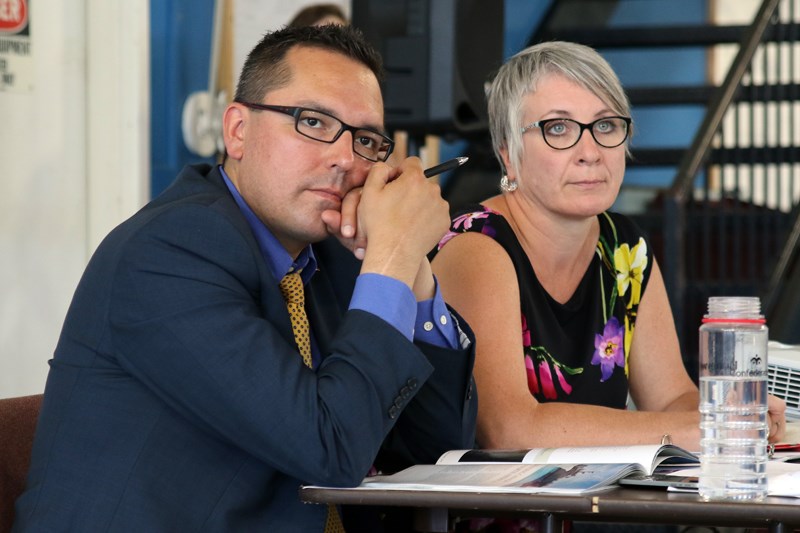THUNDER BAY -- Northwestern Ontario will benefit from Wednesday's federal budget in infrastructure investments, according to the city's Liberal MPs.
Canada's $330.2 billion budget will run a $28.5-billion deficit in 2017, highlighted by an $11.2 billion national plan for social housing.
Housing is the issue that drove Thunder Bay-Superior North MP Patty Hajdu into politics and she was pleased to see it as the budget's biggest line item.
"We believe without affordable housing, without a place to call home and to rest your head in safety and security, all those other goals of joining the middle class, getting the skills you need, raising a healthy family are almost impossible," Hajdu said.
Hajdu also said she "fought incredibly hard" to champion the budget's FedNor investment, which will swell the fund $25-million over five years. In 2015-2016, the federal government's regional economic diversification fund invested $39.4 million into 174 projects throughout Northern Ontario.
Both Hajdu and Thunder Bay-Rainy River MP Don Rusnak said their Liberal party is guiding FedNor back to its business roots as other ministries address broader economic needs.
"In the past, governments have used FedNor and other development agencies as a catch-all for everything in the region so everything would flow through that agency. that's not the case for our government," Rusnak said.
"We're flowing money through infrastructure we're flowing money through social services, we're flowing money through defence. There's other ways to get money into Northwestern Ontario. FedNor was originally meant to spur economic development in economically depressed regions.
"Those are the core values we want to bring the organization back to so it can help entrepreneurs and other economic development projects across the region."
While the budget continues the federal commitment to municipalities closing their infrastructure gap in water and green infrastructure, it also includes $3.4 billion in new money for infrastructure for Indigenous peoples, including education and health. That figure is in addition to the $8.4-billion commitment in the 2016 budget.
Rusnak said 19 First Nations communities have already been removed from the list of boil-water communities and he stood by the Liberals' five-year commitment to end boil water advisories in First Nations across Canada.
"That's going to help lift a lot of the communities out of the despair they're in and most importantly, train the youth for the jobs of tomorrow," Rusnak said.
"It isn't always about money. First Nations need to be a part of the solution to all the problems that occur in the communities. It can't be a top-down approach as it has been under previous governments where policy gets developed in Ottawa and thrown at the communities. That has been shown not to work."
Despite those infrastructure investments, the budget does not increase funding for the First Nations Child and Family Services program. The program drew the scorn of the Canadian Human Rights Tribunal in 2016 when it ruled Canada's treatment of Indigenous children amounted to discrimination when compared with provincial programs.
Hajdu said the government is showing its commitment to improve the social determinants of health as the case runs its course.
"What we're trying to do is be sure First Nations child welfare is effective. I know there's a dispute currently between the federal government and the human rights tribunal about whether or not we've met that obligation. Canada believes it has met that obligation.We'll see what the results of this latest round demonstrate but what I can tell you is, it's really important that we continue with this other foundational work," she said.
"When I think about the work I did in public health, we've got to work to get it right for communities from the ground up.We have to make sure less children end up in care and how do less children end up in care? By making sure they have good education that is controlled by Indigenous communities , that the houses they live in are safe and affordable, that they have access to good, nutritious food and they're not living in poverty."
